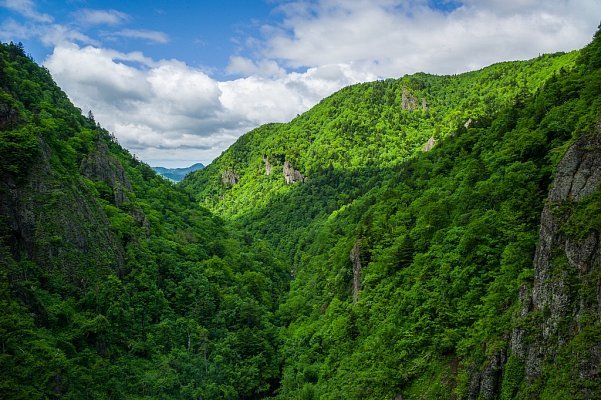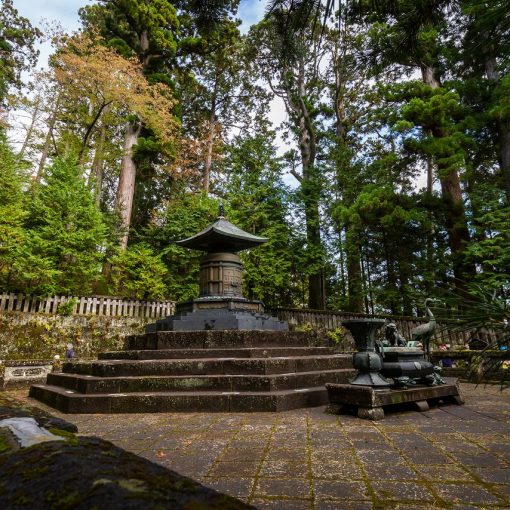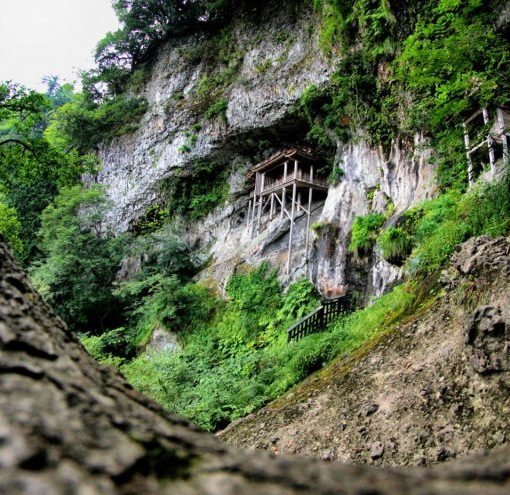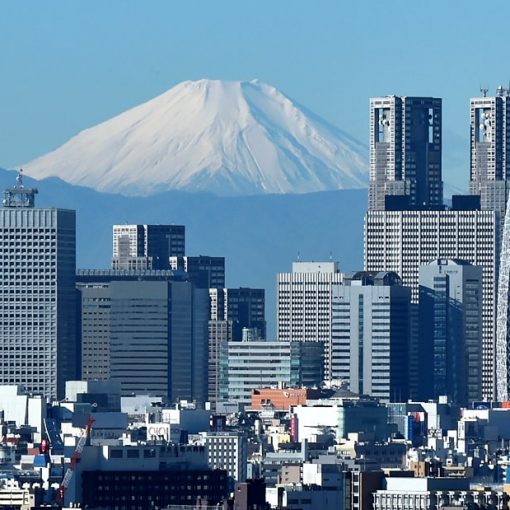Hokkaido is the second largest island in Japan after Honshu. Its area is 83,453 square meters. The population, as of September 30, 2021, is 5,310,559 people. The administrative capital of Hokkaido Prefecture is the city of Sapporo, one of Japan’s metropolises, a large-scale center of economy and industry.
A Brief History of Hokkaido
The settlement of the territories of Hokkaido began about 20 thousand years ago. In those days, the Ainu lived here – one of the oldest peoples of the Japanese islands. The history of the development of the Japanese island still keeps a huge number of mysteries. The very first mention known to scholars today was made in the pages of the Hon Shoki, a Japanese written monument dating back to the eighth century AD.
There is one fairly common theory according to which the island of Watarishima (which is discussed in this chronicle) is Hokkaido, which was named that way only in 1869.
The islanders (Ainu) were engaged in fishing and hunting at that time, and the trade relations existing at that time with neighboring islands made it possible for them to provide themselves with rice and iron. Their peaceful quiet life ended in the XIV-XV centuries, when the Japanese began to gradually populate the neighboring Oshima Peninsula (southwest of Hokkaido). This was aggressively accepted by the Ainu, leading to hostilities that ended in 1475 when their leader died.
During the heyday of the reign of Prince Matsumae, whose territories were located mainly on about. Oshima, the island of Hokkaido gradually became part of their domain. And again, from that moment on the island, a long-term struggle broke out between the local indigenous people and the Japanese. The Ainu rebelled until the 2nd half of the 18th century, but these actions did not bring any results. The Japanese confidently held the important island in their hands, especially since then there was still the possibility of a Russian attack from the west.

In 1868-1869. in Hokkaido, there was an independent republic of Ezo, which was proclaimed after the resettlement of thousands of military men who, after the first Japanese elections, elected the head of the republic, Admiral E. Takeaki, to the island. The emperor did not tolerate such arbitrariness in his territories, and in March 1869 the Ezo Republic was abolished, and its head was condemned. Hard times for the island were in 1945, when its territories were subjected to terrible bombing. As a result, many cities and villages were badly damaged.
Flora and fauna
A significant part of the island is covered with forests, which are inhabited by bears, stoats and foxes.
Metasequoia is interesting in that it was first discovered in a fossil state, as well as in the form of fossilized remains in Hokkaido and was considered extinct, and only in 1943 were found living trees miraculously preserved in the mountains of China (about 800 mature trees in Hubei province ).
Professor of Hokkaido University Toshiyuki Nakagaki in 2000 in the journal Nature published the results of an experiment that prove that the mycelium (mycelium) is able to collect and systematize information about the environment, “understands” its own location in space and then passes this information on to its descendants – parts of the mycelium, which were separated from the parent mycelium.
The oldest artifacts found in Hokkaido belong to the late Paleolithic era
15-12 thousand years ago, in the Mesolithic era, the technique of making stone blades spread to Hokkaido, which is associated with the emergence of a culture of microlithic tools. At the same time, the inhabitants of the island learned to use a bow and arrow. The appearance of ceramics in Hokkaido dates back to the 8th millennium BC. e. It is represented by the Jomon culture. On the island, this culture found its expression in two styles of tableware design – southwestern and northeastern. The first arose under the influence of the style of the Tohoku region of the neighboring island of Honshu, and the second took shape independently. The dishes of the southwestern part of Hokkaido were flat-bottomed, while those of the northeastern part were sharp-bottomed. About 6 millennium BC. e. sharp-bottomed dishes gave way to flat-bottomed ones, and the old styles evolved into new ones – cylindrical in the southwest and north-cylindrical in the northeast. In the 3-2 millennium BC. e. the inhabitants of Hokkaido adopted the opulent style of Kamegaoka from neighboring Honshu, which supplanted the regional styles.
At the turn of our era, a new Yayoi culture spread in Japan. Its carriers were settled farmers. They were engaged in rice cultivation, knew the technique of metal processing and made a new type of non-ornamental ceramics. Hokkaido remained outside the influence of this culture. Its inhabitants continued to live by hunting and gathering, were semi-sedentary and kept to the traditions of the previous Jōmon era.
Starting from the 7th century, the northeastern regions of Hokkaido, namely the lands of the coast of the Sea of Okhotsk, were under the influence of the Okhotsk culture. Its carriers used stone, iron and bone tools. A large settlement and burial ground of these northern hunters were found at the Moyoro site in the territory of the city of Abashiri. The latest monuments of the Okhotsk culture date back to the 9th century.




